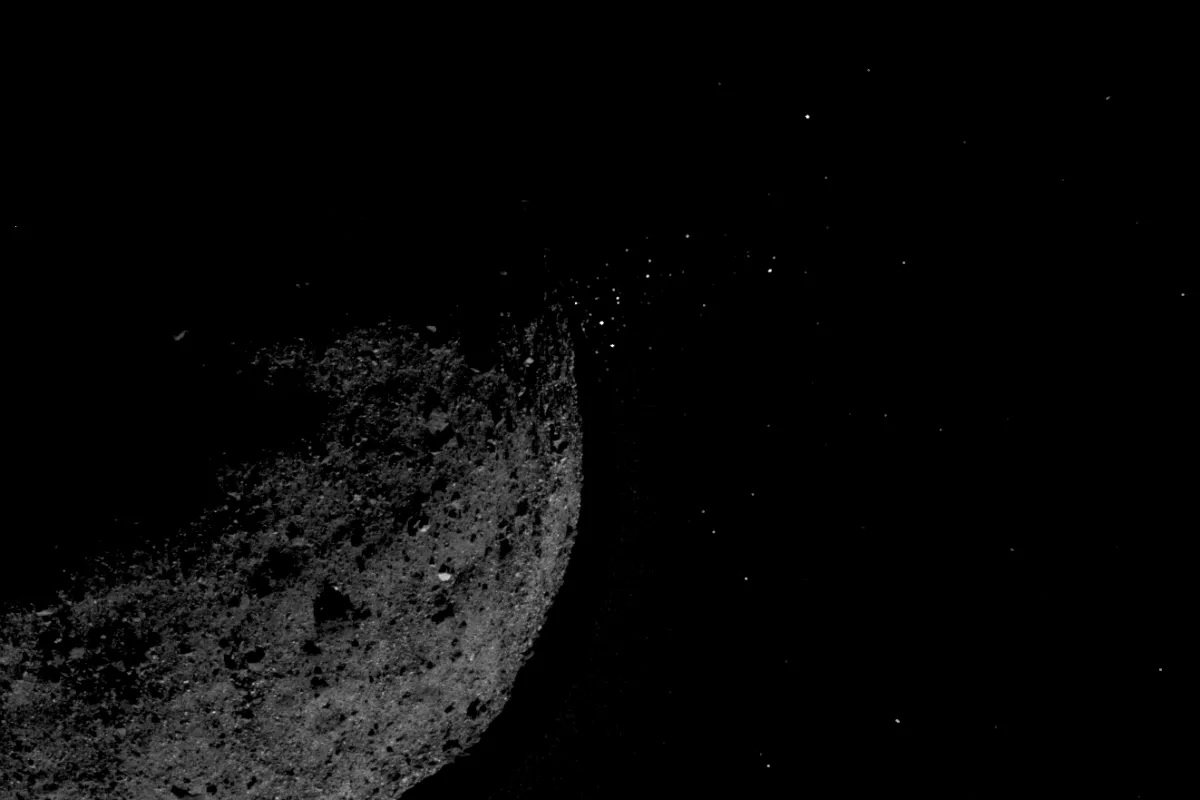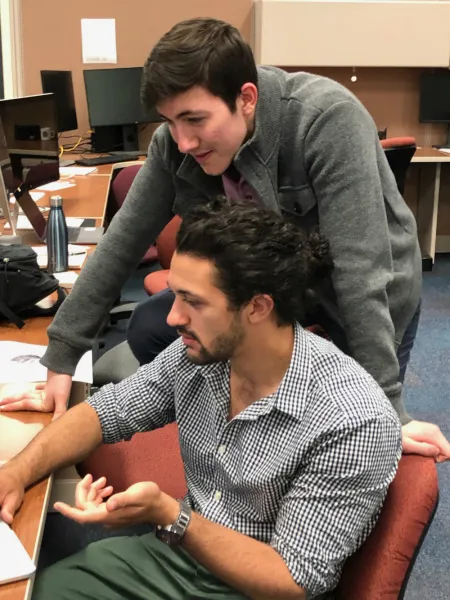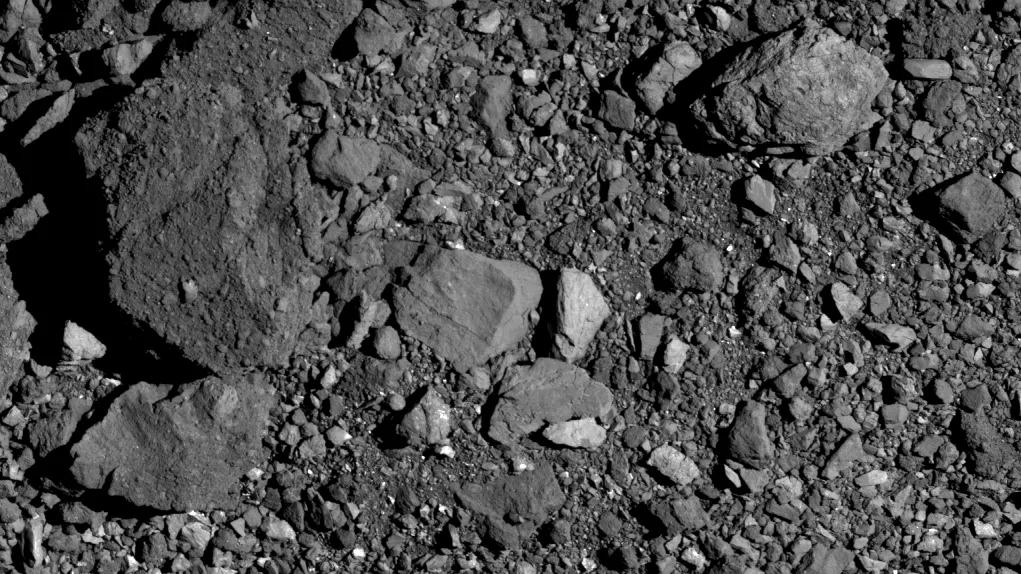To retrieve a sample from Bennu, the OSIRIS-REx spacecraft will maneuver perilously close to the 1,600-foot-wide asteroid, extending a special arm that will briefly touch and grab sediment from the surface. Before that can happen, the OSIRIS-REx team in Arizona must determine the best site to target, and safety comes first. If the spacecraft snatches rocks from the surface only to trip over a nearby boulder, the mission could end in disaster.
To avoid that outcome, Melikyan and a handful of team members are scouring photos of potential sample sites looking for any rocks measuring more than about eight inches across. It’s a painstaking task: on the images Melikyan is using, eight inches is equivalent to just four pixels. Each site is roughly 2,000-5,000 pixels, or 40-100 feet across.
“You can imagine that when you’re looking at pixels everything looks like a boulder or nothing,” said Melikyan. “It’s a totally meticulous task, but if it isn’t done it could make the craft trip. Like anyone walking on the sidewalk, if you hit the wrong step you’re going to fall over, and we can’t let that happen with our spacecraft.”
While Melikyan helps search for a safe site, Ferrone is helping the mission’s spectral analysis team learn about the mineral composition of Bennu and identify sites that will yield the most useful samples.
As a mapping technician, Ferrone builds computer software that plots spectral and other data onto the team’s shape model — a representation of Bennu’s surface based on radar data. He compares the resulting three-dimensional model to the graphics of a 22-year-old video game, Star Fox 64, which used rectangles and triangles to portray 3D characters and landscapes. “On the map that we use, the 3D shape is compiled the same way,” said Ferrone. “They approximate the surface of Bennu with a series of little triangles that we call facets.”


